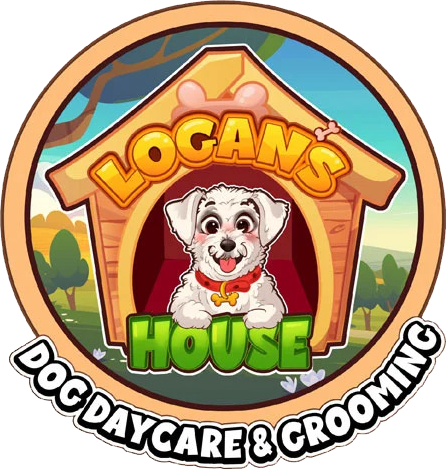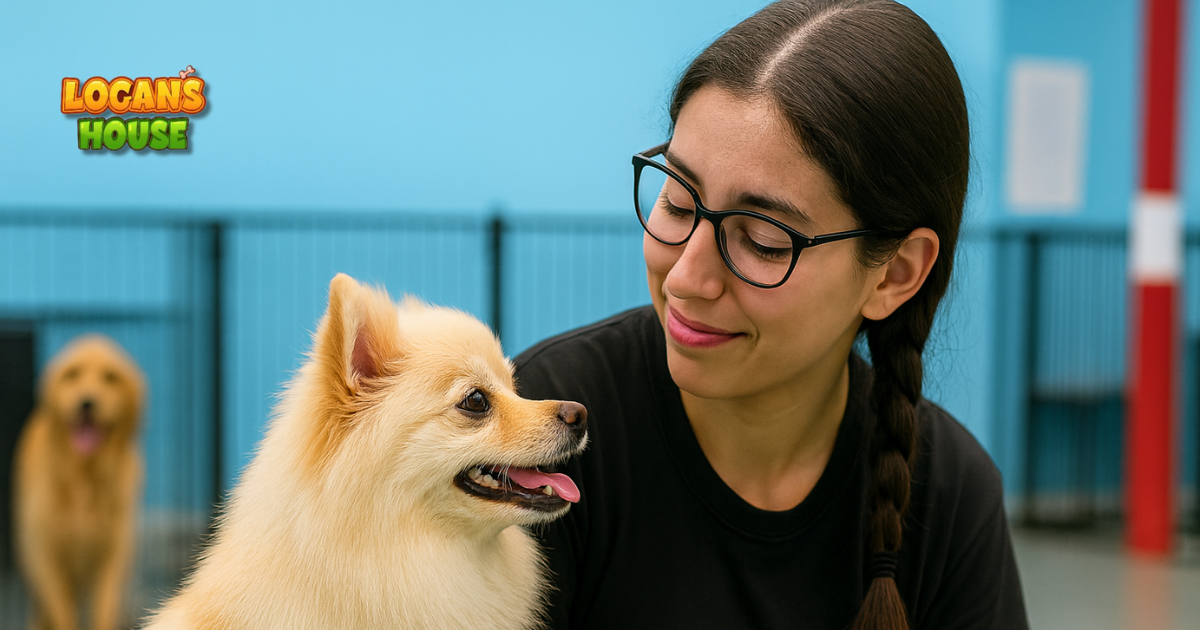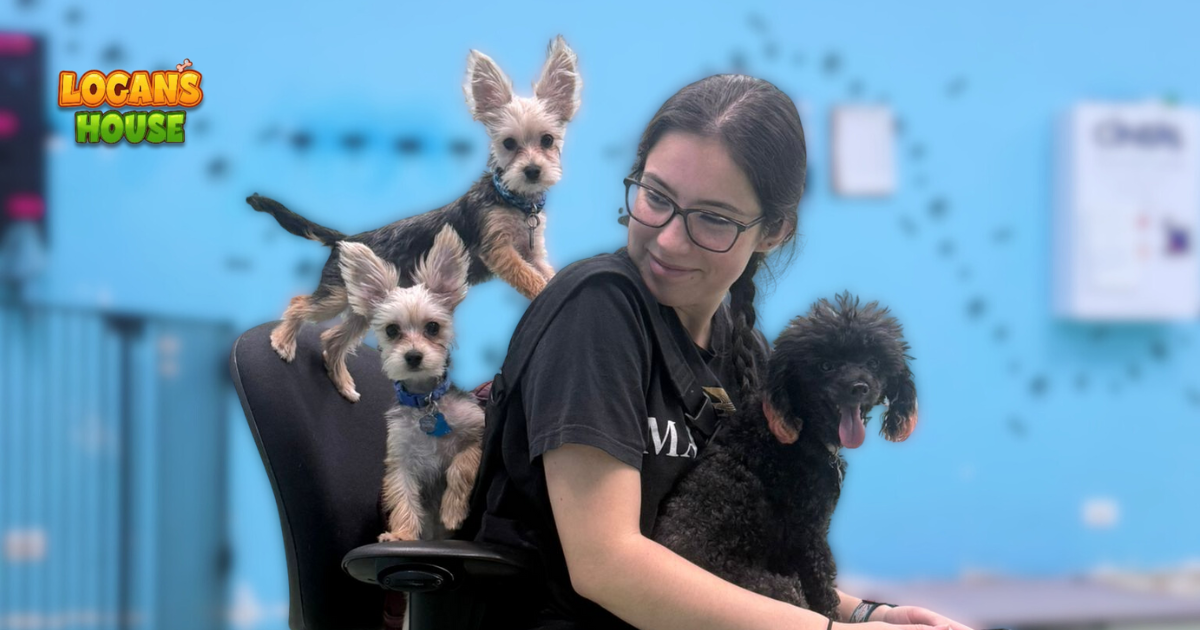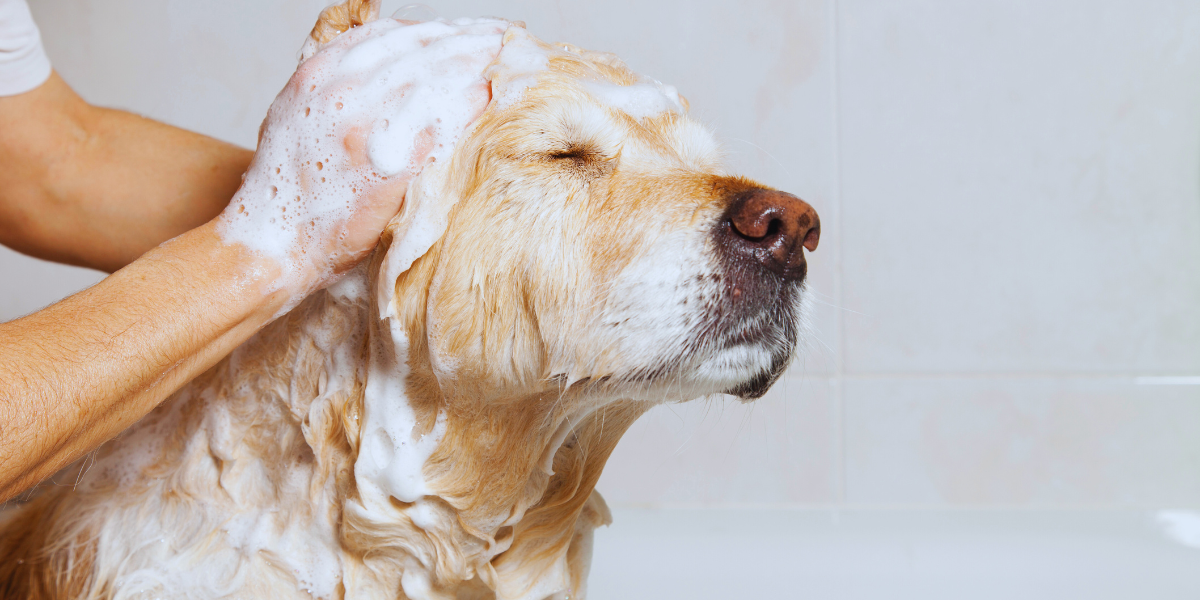What are the downsides of dog daycare?
November 10, 2025
A Pet-Parent’s Guide from Logan’s House in Gurnee, IL
Sending your dog away for the day to a caring, playful environment can feel like a dream come true. But as with any care decision, there are trade-offs. If you're looking into dog daycare in Gurnee, IL, you’ll want to know both the benefits and the drawbacks to make the best choice for your dog—and your peace of mind. At Logan’s House, our goal is to give you the full picture—how our daycare links with our dog grooming packages, kennel-free boarding, and training services—and what to watch out for so you can avoid surprises.
In this guide, we’ll explore common downsides of dog daycare, why they happen, how you can mitigate them, and how you can integrate quality care across daycare, grooming, boarding, and training so your dog thrives and you feel confident.
Why Daycare Isn’t Perfect for Every Dog
It’s important to acknowledge upfront: dog daycare can be an excellent solution, but it’s not the perfect fit for every dog or every situation. Well-run daycare offers exercise, socialization, and supervision. Yet, as multiple sources note, there are risks—overstimulation, exposure to illness, behavioral regression, and mismatched personalities.
Put another way: the same environment that helps one dog blossom may overwhelm another. That’s why understanding the downsides is just as important as knowing the benefits.
Common Downsides of Dog Daycare
1. Overstimulation & fatigue
One of the most frequently cited issues is that dog daycare can become too much. According to the “Pros & Cons of Doggy Daycare” article from Wag!, dogs can become overwhelmed in high-energy, busy settings—leading to anxiety or even behaviors that look like hyperactivity.
From my own experience at Logan’s House, I’ve seen dogs who are fine for 2–3 hours of play, but after a full day, they’re shaky, panting, or zoning out. These signs often mean the dog is beyond “good tired” and into “stressed tired.” When that happens day after day, the very benefit of daycare can turn into a hidden cost: your dog comes home wired, not relaxed.
What you can watch for:
- Excessive panting, pacing, or shaking at pickup.
- Dogs who “sleep all afternoon” after daycare and don’t seem rested.
- Dogs who become less responsive to cues or calmer interactions at home.
What you can do:
- Ask your facility about rest cycles: Is there structured downtime built in? At Logan’s House, we incorporate cooldowns and quiet zones because we know dogs need both play and relaxation.
- Start with half-days or fewer days/week and evaluate how your dog comes home.
- Pair a daycare day with a grooming session or calmer evening routine via our dog grooming packages—so your dog’s energy transitions well.
2. Illness exposure & health risks
Another real downside: when you place many dogs together, even in a well-managed environment, you increase exposure to contagious conditions. A DVM360-sponsored article highlights parasite and vector risks in dog parks and day-care type settings.
Additional sources note the potential spread of kennel cough, intestinal parasites, or infections when vaccination/health protocols lapse.
Watch for these red flags:
- Low-visible health screening or lax vaccine requirements.
- The dog seems fine in the morning drop-off, but returns with a cough or digestive upset a day or two later.
- Your dog’s regular vet check-ups show new issues that align with daycare attendance.
What you can do:
- Choose a facility with clear health/parasite/vaccine protocols and ask how often they sanitize, check fecals, and monitor for illness.
- Ask about how the facility separates dogs who show early signs of illness.
- Consider how grooming ties into this: at Logan’s House, dogs who attend our dog grooming packages often receive more frequent attention—coat condition, ear health, and skin checks—which can flag health issues early.
- If you travel, make sure kennel-free boarding uses the same health protocols as daycare—so your dog goes from daycare to boarding seamlessly without health risks increasing.
3. Behavioral regression or undesired behaviours
It may surprise some pet parents to learn that not all behaviors in daycare are positive. A “free-for-all” model—lots of dogs, minimal supervision—can actually teach undesirable behaviours: rough play, resource guarding, jumping, ignoring owner cues. One article bluntly states that many facilities “destroy your dog’s training skills, manners, and overall behaviours.”
Another article states that dogs with behavioral issues or less social comfort may develop anxiety or conflict in busy group settings.
Things you might notice:
- Your dog starts jumping more at home or chasing other dogs aggressively.
- After daycare, your dog seems distracted and less responsive to your usual cues.
- Your dog becomes more selective about playmates, shows avoidance, or begins guarding toys/space.
What you can do:
- Ask about staffing ratios, behavior-trained staff, supervised grouping by size and temperament. At Logan’s House, we keep small-dog groups and behaviour-aware supervision.
- Use daycare in combination with training. Daycare alone isn’t a substitute for good manners—our program ties into our training services.
- Monitor your dog’s behaviour at home as well as at daycare—consistent cues, restful evenings, etc.
- If you’re seeing negative behaviors emerge, reduce days/week, switch to smaller group sessions, or add training for targeted behavior correction.
4. Not all dogs are good candidates
One consistent theme in the literature: not every dog thrives in a daycare setting. A dog with particular sensitivities, anxieties, older age, or health fragility might find daycare stressful rather than enriching. For example, a blog notes that daycare might be “extremely detrimental and damaging to that dog’s behavioral health” if the wrong candidate is enrolled.
Potential mismatch signs:
- Your dog retreats or tries to hide at pick-up.
- Your dog returns with its ear flattened, tail tucked, and less enthusiastic than normal.
- Your dog shows signs of older age or slowing down and has difficulty keeping up in play groups.
What to do:
- Do a meet-and-greet or trial half-day. Evaluate how your dog handles the environment.
- Ask your facility about low-energy or senior groups. At Logan’s House, we can tailor schedules for younger, older, or more sensitive dogs.
- Integrate grooming and boarding as supportive experiences: you might start your dog in our dog grooming packages for regular visits, then introduce daycare later. Or board with us via our kennel-free boarding under supervision before full-day daycare sessions.
- Use training to build your dog’s social confidence if they are unsure of group play.
5. Cost, scheduling & caregiver expectations
Lastly, some practical downsides: cost and logistics. Frequent daycare can become a major part of your monthly budget. As the Wag! article notes, “It’s expensive… if you book your dog in for a visit 5 days a week, you’ll be faced with a pretty penny.”
Beyond cost, scheduling, drop-off/pick-up routines, and the expectation that your dog will transform magically can add stress for you.
What you may feel:
- You’re sending your dog more often than you expected because you feel like you need to justify the cost.
- Your home routine shifts—less time for evening walks because your dog is “tired” from daycare.
- You might expect daycare to fix every problem (socialization, obedience, behavior) and be disappointed if it doesn’t.
What you can do:
- Consider mix-models: maybe 3 days of daycare, 2 days home with one-on-one walks/training rather than full-week attendance.
- Bundle services: at Logan’s House, you might pair daycare with grooming or boarding—so your time is more efficient.
- Be realistic about your dog’s needs and lifestyle. Use daycare as a tool—not a cure-all.
Putting Downside Awareness Into Action: Practical Takeaways
Here’s a look at how you can take this awareness and make decisions that reduce downside risk and maximize upside benefits.
Step 1: Evaluate Your Dog’s Profile
Ask yourself:
- Does my dog handle social environments well?
- What is my dog’s energy level, age, and health status?
- How does my dog behave after a big outing or play session?
- Do I want daycare as a supplement or as a core part of their routine?
If the answers lean toward “my dog is shy, anxious, older, or has health issues,” be cautious and explore alternate or gradual models.
Step 2: Visit Potential Daycare Facilities
During your tour of a daycare (like our Doggy Daycare
space at Logan’s House), check:
- Staff-to-dog ratio and certifications. The Lemonade pet-care article indicates 1 staff per ~15 dogs is a key benchmark.
- Group size, separation of energy levels (small/large dogs, high vs low energy).
- Rest zones, cooldown periods, quiet areas.
- Health protocols: vaccine checks, parasite prevention, illness policies.
- Integration with grooming and boarding—ask how the facility uses its dog grooming packages and kennel-free boarding streams to create familiarity and routine.
- Training integration: Is there a training program or behavior supervision?
Step 3: Start with a Trial & Monitor Results
Enroll your dog for a half-day or 1–2 days/week initially. After pick-up, assess:
- Is your dog calm and rested or anxious and hyper?
- Do they eat and sleep normally after daycare?
- How do they behave at home the evening of and the next day?
- If things look negative, reduce attendance or explore alternative care.
Step 4: Integrate with Other Services
- Use dog grooming packages to make grooming a comfortable part of your dog’s routine—this reduces grooming stress, and pairs well with daycare.
- If you travel or have an irregular schedule, consider kennel-free boarding at the same facility so your dog knows the environment already. This reduces the “new place stress” that can amplify daycare downsides.
- Training: Use one-on-one sessions to strengthen cues your dog may struggle with (social skills, impulse control). This supports daycare success rather than assuming daycare alone will ‘fix everything.’
Step 5: Re-evaluate Regularly
Yo ur dog’s needs change with age, health, energy, and life changes (schedule, travel, lifestyle). What worked when they were young and energetic might not work later. Stay proactive: check how your dog feels about daycare quarterly, and maintain open communication with caregivers.
Real Families, Real Stories at Logan’s House
“We tried a big-box daycare five days a week. After three months, Max was crashing hard, refusing his evening walk, and even had a playmate fight. We switched to Logan’s House, moved to three days/week with grooming tied in—now he comes home relaxed, eats right, and still has energy for me. The difference felt immediate.”
— Lisa, Grayslake
“Bella did great when she was young, but as she turned five, she wasn’t bouncing as much. The large group daycare she was in became too much. At Logan’s House, they shifted her to a smaller group and a grooming session right after. Evening routines are calm, and she’s happier.”
— Dave, Libertyville
“I was using daycare every day for my two dogs because of my schedule. But I noticed one of them started getting cranky, guarding toys, and delaying eating. The staff at Logan’s House watched closely, suggested alternate days + grooming, + training. Now we use daycare 3-4 days a week, and home enrichment on other days. We’re in a much better place.”
— Maria, Gurnee
These stories highlight how thoughtful care—balancing frequency, grouping, grooming, and training—makes the difference between daycare working for your dog and daycare becoming a source of pressure.
When Daycare May Not Be the Right Fit
- Dogs with serious behavior issues (resource guarding, reactive aggression) may not benefit from full-day group play without strong behavior support.
- Very senior dogs or dogs with mobility issues may struggle in high-energy group settings.
- Dogs who show consistent stress or anxiety after daycare visits may need an adjusted model: fewer days, smaller groups, or alternative formats (one-on-one play, in-home care).
- If cost or schedule is a major stressor for you, it may be worth exploring mixed models—some daycare, some dedicated one-on-one time, or home visits.
Why We Build Our Model Around Addressing Downsides
At Logan’s House, we built our approach with the downsides in mind. Because if you’re going to trust someone with your dog while you’re away for work, errands, or travel, you want more than “just a room full of dogs.”
- Our dog daycare in Gurnee, IL features small-group size, trained staff, structured rest and play cycles so dogs don’t get over-stimulated or exhausted.
- We pair in-house dog grooming packages, so your dog visits the facility for grooming as well, making the space familiar, comfortable and reducing grooming anxiety.
- Our kennel-free boarding uses the same facility and staff as daycare—so when your dog stays overnight, they’re already in a known, safe place, reducing stress and transition issues.
- Our training services help dogs build manners, social skills, and routines. This supports daycare success, grooming ease, and boarding calm.
- We encourage regular check-ins and feedback, so if any behaviour shifts happen (guarding, fatigue, anxiety), we catch them early—not after they become problems.
Final Thoughts
Dog daycare offers many benefits: exercise, socialization, supervision, and enrichment. But as we’ve explored, there are real downsides if you’re not careful: overstimulation, health risks, behavior regression, the wrong fit, and cost/schedule stress. The key is to approach daycare thoughtfully—not as a convenience alone, but as part of a broader care plan.
If you’re considering daycare for your dog, especially in Gurnee, IL, ask the right questions, start gradually, monitor closely, integrate grooming and boarding services, and treat training as a foundational support. At Logan’s House, our integrated model—daycare, grooming, boarding, training—is built for exactly that thoughtful, balanced approach.
Your dog deserves a place that cares as much about how they spend their day as what they do. If you’d like to tour our facility, learn about our dog grooming packages, meet our boarding team, or explore our daycare offerings, we’d be honored to show you what safe, structured, and enriching care looks like.









